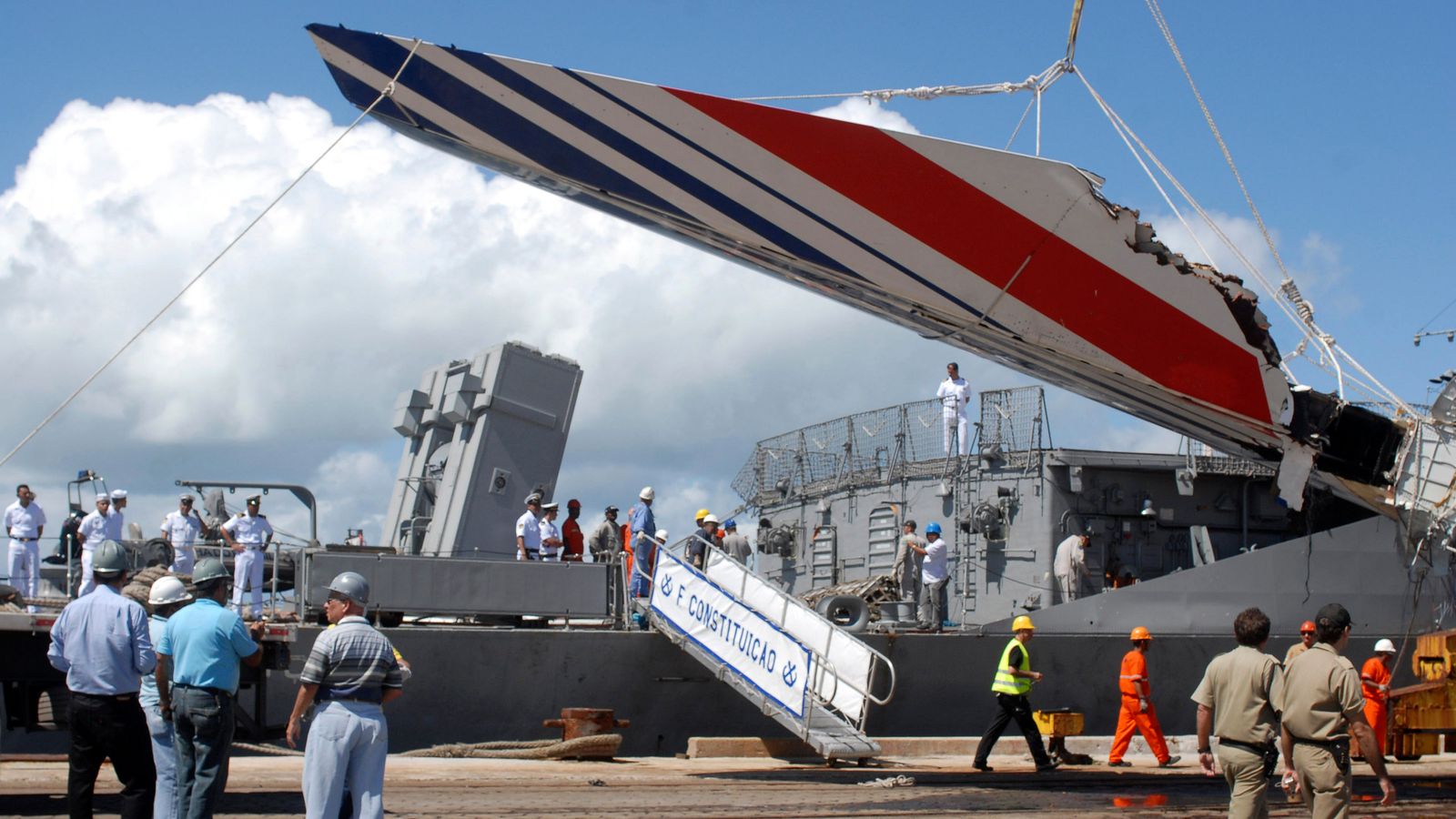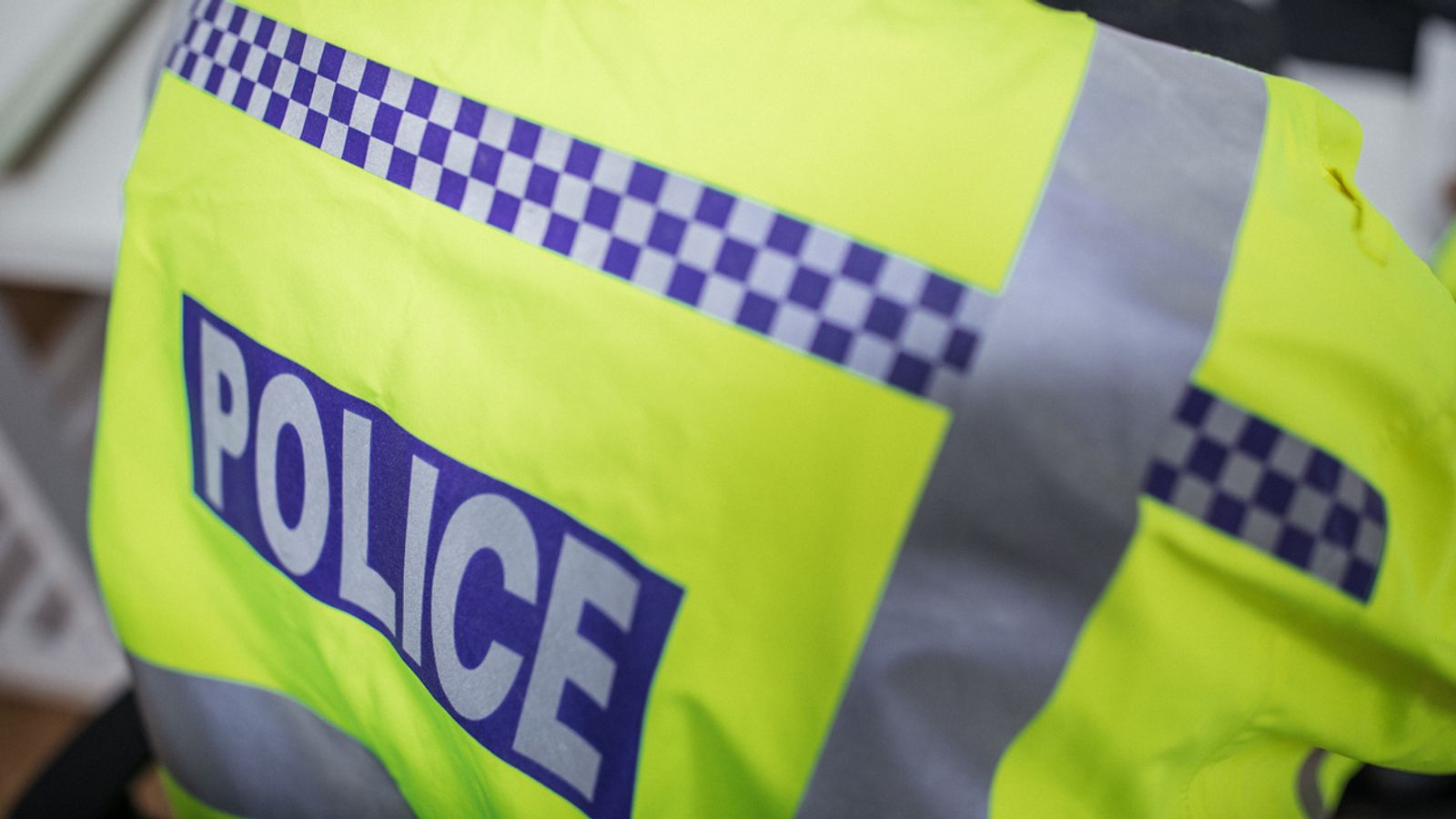Air France and Airbus have been found not guilty of involuntary manslaughter over the crash of Flight 447 in 2009 that killed 228 people.
The Airbus A330 was travelling from Rio de Janeiro to Paris when it crashed into the Atlantic Ocean during a thunderstorm in June 2009, killing people from 33 countries.
Both Air France and Airbus denied involuntary manslaughter.
A French court delivered the ruling today following a two-month trial.
Air France has compensated the families of those killed.
The official report on the disaster was started after black box recorders were found following a two-year search.
It found that the aircraft crashed due to several factors, including icing over external sensors called pitot tubes and pilot error.
French court approves contentious plans to raise country’s pension age
French protests reach climax ahead of ruling on Macron’s controversial pension reform plan
France protests live: Louis Vuitton stormed; clashes with police; crucial decision awaited
All the crew died in the disaster.
Air France was accused of not having implemented training in case the pitot tubes iced over, while Airbus was accused of not sufficiently informing airlines and crews about pitot faults or to ensure training to mitigate the risk.
An Associated Press investigation found Airbus had known about problems with the types of pitots used on the jet that crashed since at least 2002, but had failed to replace them until after the tragedy.
The model in question – a Thales AA pitot – was subsequently banned and replaced. Meanwhile, Air France changed its training manuals and simulations.
Be the first to get Breaking News
Install the Sky News app for free
How did Flight 447 crash?
As a storm buffeted the plane, ice disabled the tubes, stopping speed and altitude information and leading to the autopilot disconnecting.
The crew resumed manual piloting, but with erroneous navigation data.
The aircraft then went into an aerodynamic stall, its nose pitched upward and it plunged into the sea.










